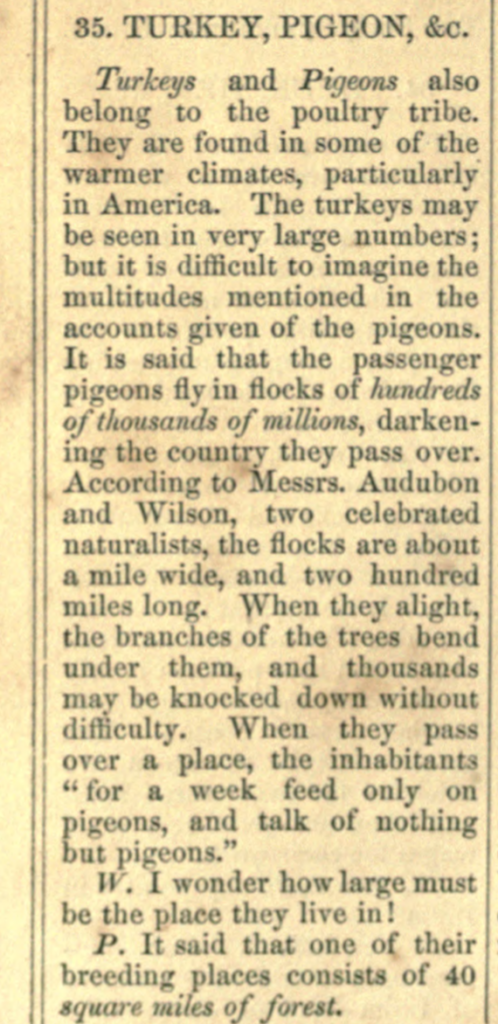How else are you going to get to Christmas Island?
A free online talk from the The Royal Museums Greenwich will educate you about 400 years of celebrating Christmas afloat. The Zoom lecture is Tuesday 7 December, 5.15pm – 6.45pm (I presume that’s Greenwich Mean Time, so check your time zone).
Christmas at Sea: 400 Years of the Festive Season Afloat
Focusing largely on British ships, our panel of experts will discuss the experience of spending Christmas at sea from 1600 onwards.
What did sailors and passengers do to mark Christmas? How did eating, drinking, socialising and worshiping differ when done at sea? How did events such as the Interregnum and the Second World War, as well as changing understandings of Christmas, influence the festive season afloat? Was spending Christmas at sea better or worse than spending it on land?
Our panelists include:
- Richard Blakemore (University of Reading) – 1600s
- Ellen Gill (Independent Scholar) – 1700s
- Maya Wassell-Smith (Royal Museums Greenwich & Cardiff University) – 1800s
- Brian Lavery (Royal Museums Greenwich) – 1900s
Each panelist will give a short presentation on the experience of spending Christmas at sea in a specific era, before taking questions from attendees. Covering Stuart sailing vessels to warships of the 1940s, this seminar will put the tide back in yuletide.
Featured image (which has no relation to the museum talk): Santa Claus and two assistants in Sarasota, Florida. Photo by Joseph Janney Steinmetz, 1965. www.floridamemory.com Florida State Library and Archives.






